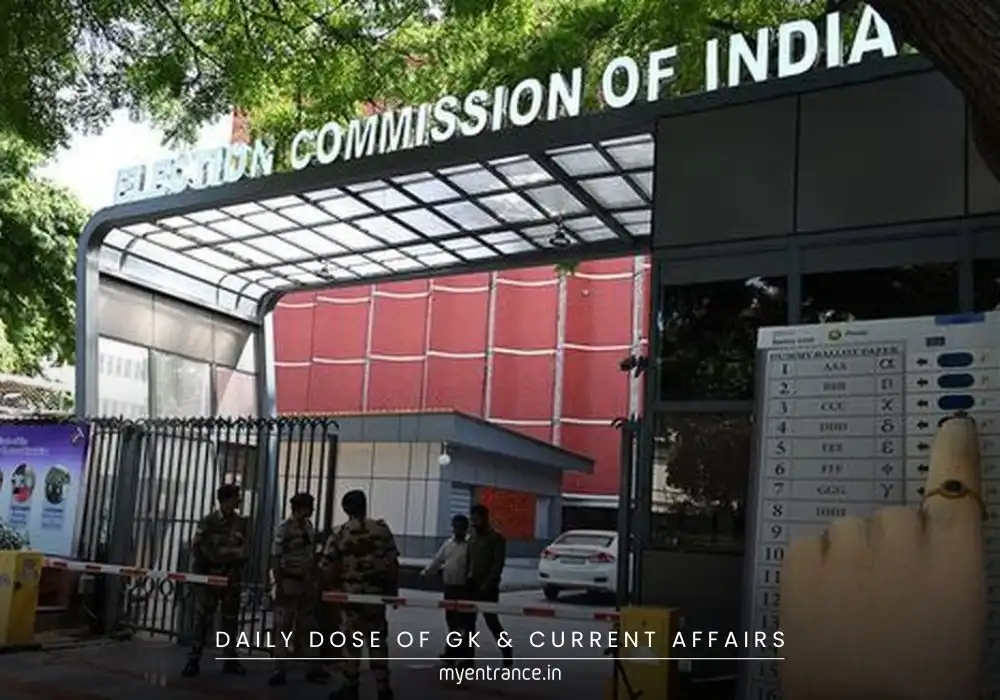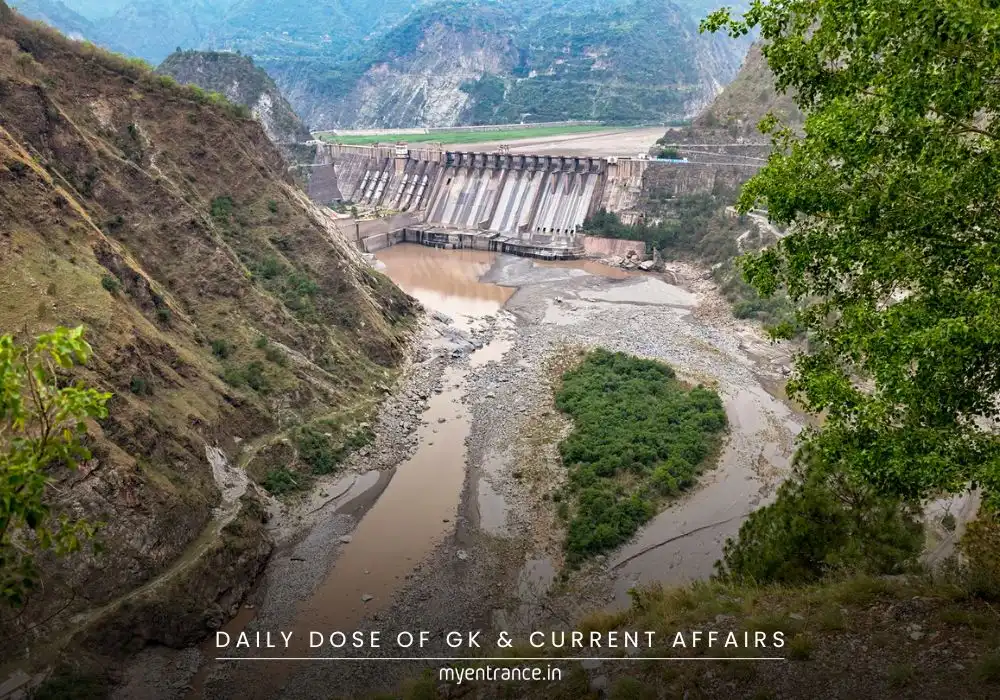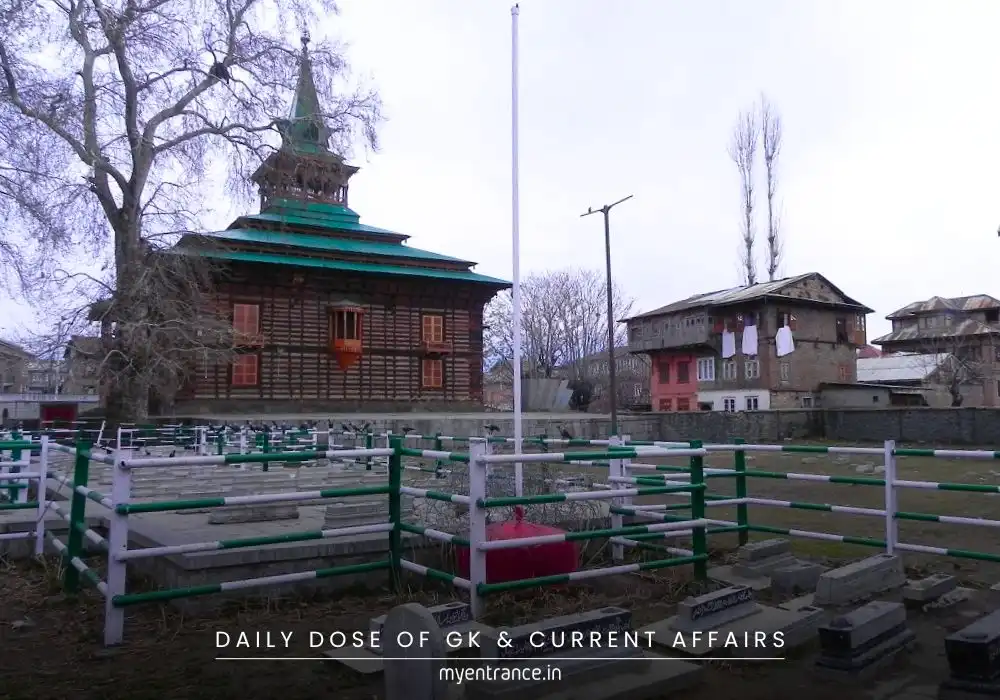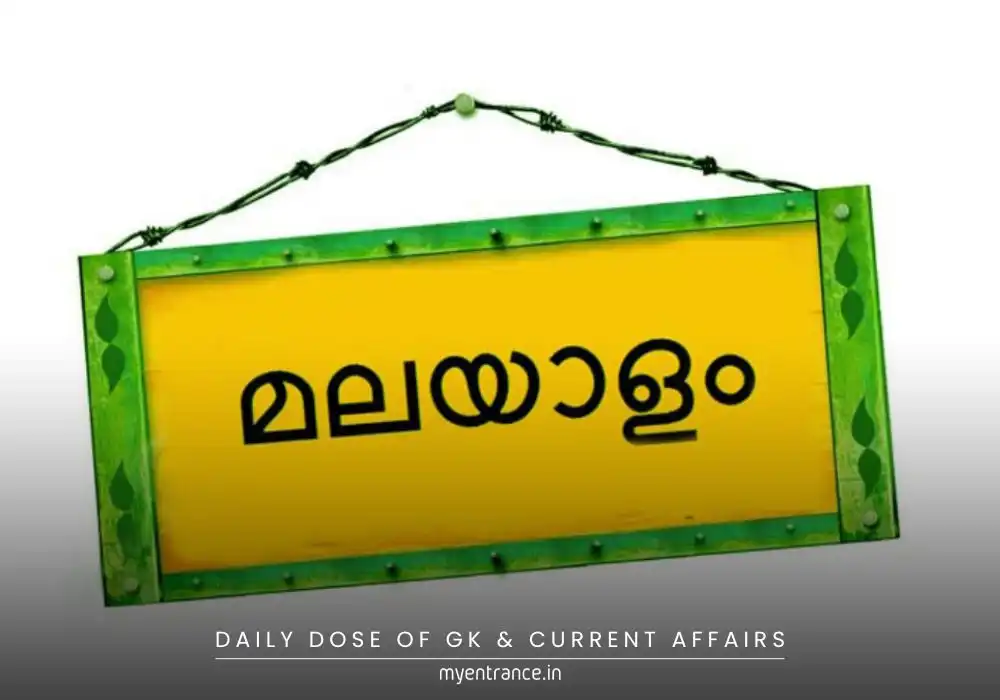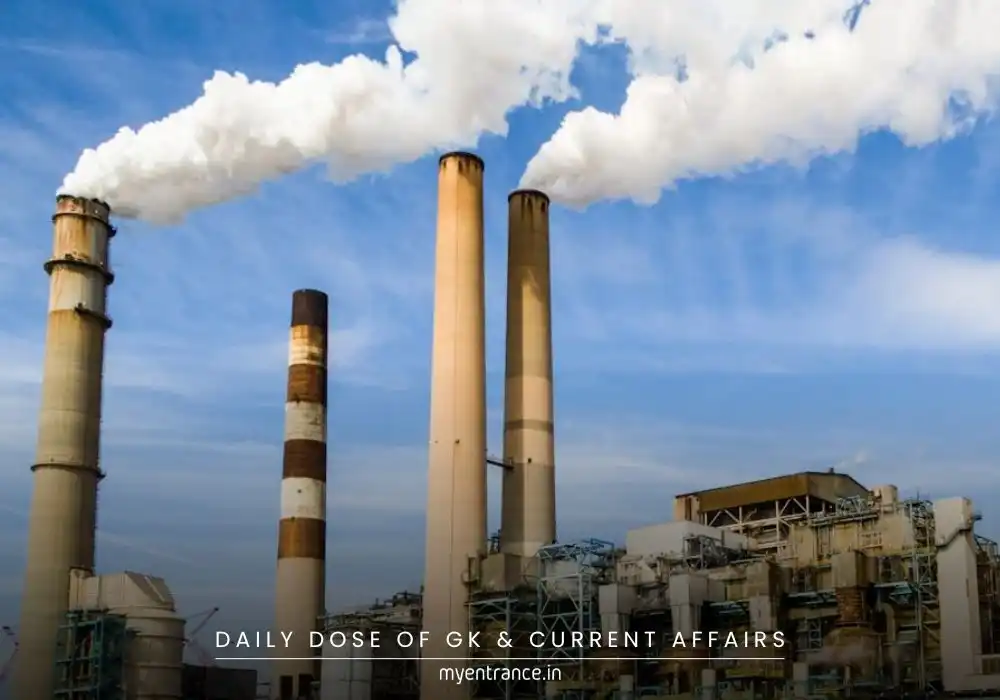Translate Language
Is GST Rate Rationalization Finally Happening? What You Need to Know
The Goods and Services Tax (GST), India’s biggest indirect tax reform since 2017, is set for crucial changes. Union Home Minister Amit Shah is leading discussions to streamline tax slabs, addressing long-pending issues like inverted duty structures and revenue losses. For competitive exam aspirants, understanding these reforms is essential for both prelims and mains.
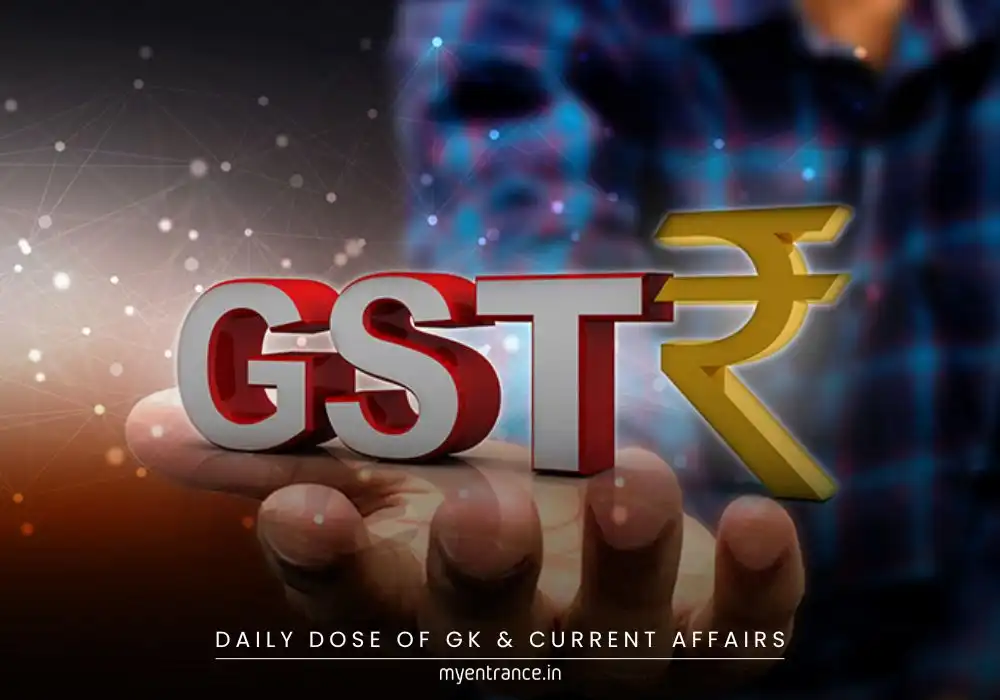
GST Reforms: What’s Changing?
The government is pushing for rate rationalization—a move to simplify GST by reducing multiple tax slabs. Key points:
Current GST Slabs: 0%, 5%, 12%, 18%, and 28%, plus cess on luxury/sin goods.
Proposed Changes:
Abolishing the 12% slab, shifting items to either 5% or 18%.
Correcting inverted duty structures (where input taxes exceed output taxes).
Boosting revenue by adjusting rates on 148+ items.
Why is This Challenging?
Revenue Loss Concerns: Estimated ₹70,000–80,000 crore impact on Centre and states.
Political Hurdles: States, including BJP-ruled ones, have resisted earlier attempts.
Stakeholder Consensus Needed: Amit Shah’s involvement signals high-level negotiations.
GST Council’s Role
Governed by Article 279A, the GST Council includes Centre and state representatives.
Recent discussions in the 55th Meeting (Dec 2024) deferred decisions on insurance tax cuts.
A Group of Ministers (GoM) is reviewing rate changes for 148 items.
Sample Questions & Answers for Competitive Exams
Q1: What is GST rate rationalization?
A1: It refers to simplifying India’s multi-tier GST structure by merging or adjusting tax slabs (e.g., removing the 12% slab) to reduce complexity and improve compliance.
Q2: Why is the inverted duty structure problematic under GST?
A2: It occurs when input taxes (on raw materials) are higher than output taxes (on finished goods), leading to refund burdens and revenue losses for businesses.
Q3: How does GST promote cooperative federalism?
A3: The GST Council ensures joint decision-making between the Centre and states, balancing fiscal autonomy with unified tax administration.
Q4: Which constitutional article governs the GST Council?
A4: Article 279A mandates the creation and functioning of the GST Council.
Q5: What was the outcome of the 45th GST Council meeting (2021)?
A5: It approved corrections in inverted duty structures for textiles and footwear, effective from January 2022.
Why is This Important for Exams?
UPSC/PSC: Covers Indian Economy (GS-III) and Federalism (GS-II).
SSC/Railways: Questions on current affairs and tax reforms.
NID/NIFT/KAS: General awareness on economic policies.
Key Takeaways for Aspirants
✔ GST reforms impact revenue, federalism, and ease of business—critical for essay and interview answers.
✔ Amit Shah’s role highlights political-economic coordination in policy-making.
✔ Regular GST Council updates are essential for MCQs and descriptive papers.
Get 3 Months Free Access for SSC, PSC, NIFT & NID
Boost your exam prep!
Use offer code WELCOME28 to get 3 months free subscription. Start preparing today!


